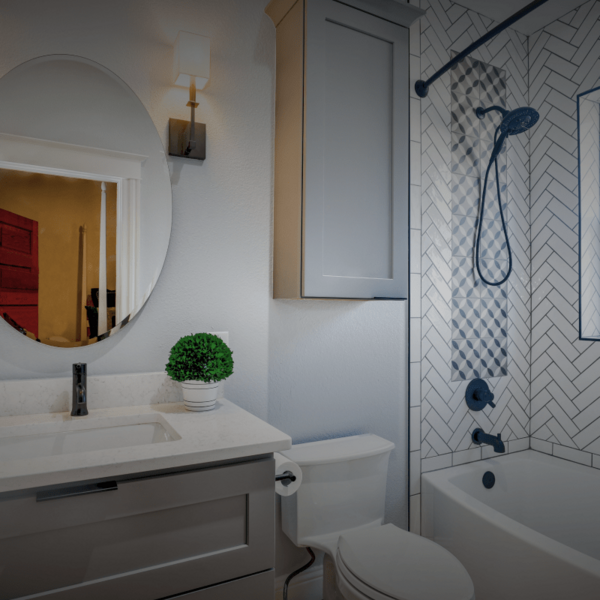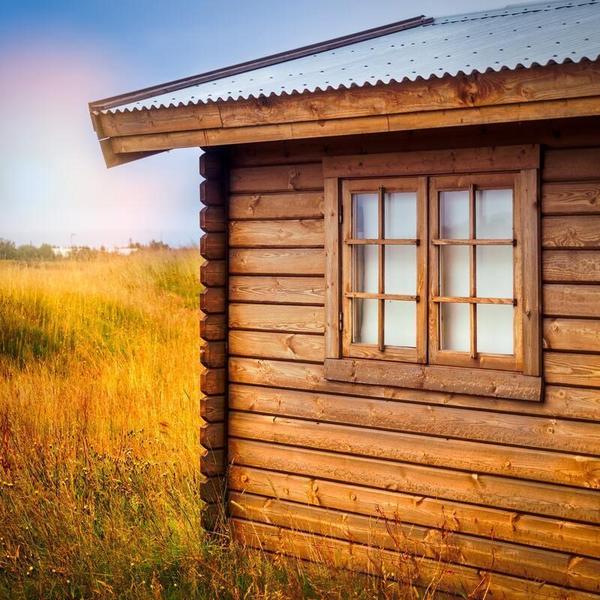If you’re thinking about purchasing a tiny home, a down payment may not be the first thing on your mind. Whether you’re contemplating purchasing or building a tiny home to downsize your living situation, save money, or get off the grid, you may not think you need to save a 20% down payment like in a traditional mortgage.
Tiny homes differ in many ways from your average residential home, and that includes in the way they can be financed. Typically, you use a mortgage from a bank to finance a home purchase. While this can be an option for some tiny home buyers, it usually isn’t for one essential reason: tiny homes are mobile and lack foundations, which are required by traditional lenders and the government.
If you want to find out more about different options to purchase a home, you’ll want to consult a home buyers guide.
How Can I Finance A Tiny Home?
Well, if mortgages aren’t going to work for tiny homes, do you have to pay the whole amount at once (which can be up to $100k)? Thankfully, the answer is no. There are several different options of spreading out the payment for a tiny home, which usually require a down payment of some kind. Expect to have a down payment of at least 10%, if not 20%.
RV Loans
If you’re purchasing directly from a tiny house builder who makes RVIA (Recreational Vehicle Industry Association)-certified homes, you can qualify for an RV loan, which is similar to a car loan. This type of loan typically requires a 15-20% down payment, depending on your credit, and can last up to 15 years. These can be a great option for tiny homes, and are the go-to for many buyers.
Personal Loans
Another option you have are personal loans–which don’t require your home to meet any certification guidelines, like being an RV. Whether you’re building your own tiny home or purchasing one from a tiny house builder, you can utilize lenders like Lightstrea or SoFi to get a relatively low-interest loan. It’s important to note that these loans often require excellent credit and are for shorter terms than a mortgage (usually 36-84 months).
Mortgages
In some cases, you might be purchasing a tiny home that is rooted to the ground. If you already own a home, you can also build an accessory dwelling unit (ADU) next to your house (using your foundation), which can utilize a traditional mortgage, including FHA, VA, and USDA options.
While infrequently utilized outside of the mobile home industry, you can also consider a chattel mortgage, in which the lender retains control of the property, not the borrower. The moveable property (the chattel) is the tiny home and it belongs to the bank until the loan is fully satisfied.
So, Do I Need A Down Payment for My Tiny Home?
If you’re interested in purchasing a tiny home, saving money for your down payment is a good idea. No matter what kind of loan you end up utilizing, the larger your down payment, the less interest you’ll pay. Unless your tiny home meets the qualifications for a mortgage, you’ll likely be paying higher interest rates over a shorter term for a tiny home. Save money on interest by making as large a down payment as you can afford.
When purchasing or building a new tiny home, look into all possible avenues for loans, making sure to get the best rate and pay the least in fees. While you may not be buying land, you’re making an investment in yourself and your future.
Author: Ben Mizes
Bio: Ben Mizes is the Co-Founder and CEO of Clever Real Estate, the free online service that connects you with top Real Estate Agents who can help you save thousands on commission. Ben is also an active real estate investor with 22 units in St. Louis, and a licensed Real Estate Agent in the State of Missouri.
Website: listwithclever.com



